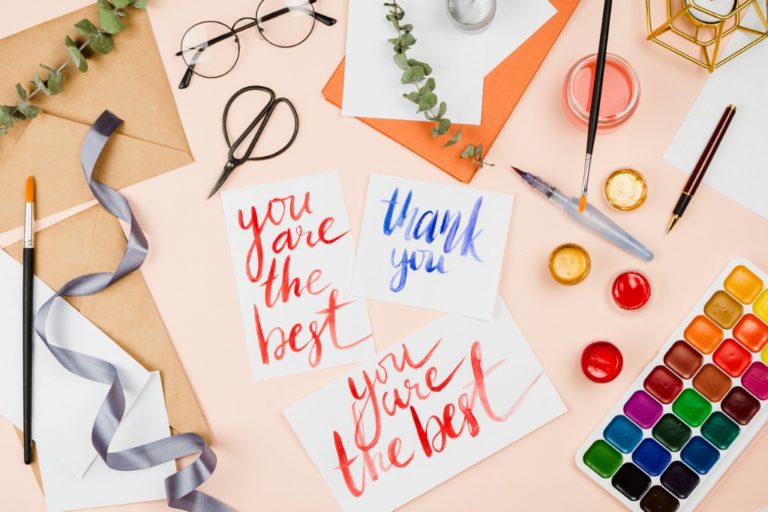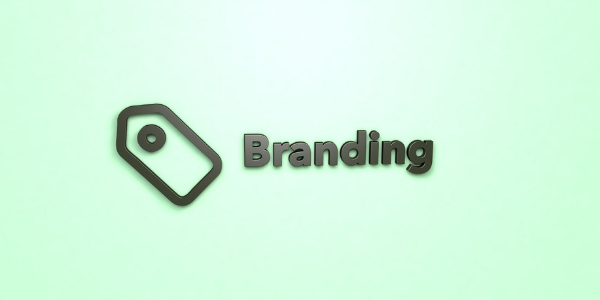Engaging Hawaii’s Next Workforce: Gen Z
For years, the spotlight has been focused on Millennial members of the workforce, but that’s about to change; Generation Z is growing up fast. The oldest members of Gen Z were born in 1997, so they’ll be turning 22 in 2019—and entering the workforce en masse.
Every successive generation’s entry into the labor market is accompanied by an endless series of articles from business publications (we’re looking at you, Forbes) ready to brief you on what you need to know in order to attract and retain new talent.
We’re here to tell you that what you need to know about Gen Z workers isn’t entirely new, revolutionary, or shocking—but it’s always good to get a refresher.
Who are these people?
First and foremost, let’s be clear that everything we’re about to say is rooted in generalizations, and that Hawaii’s next generation is as diverse as any that came before.Now that we’ve gotten that out of the way, let’s take a look at what we can say about Generation Z.
Gen Z is a cohort that’s never known a world without the internet, ubiquitous smartphones, streaming services, etc. To put that into context, Millennials (the generation before them) were introduced to technology like iPods and MySpace during their teenage years—but Gen Z was born into an era of smartphones and screens.
To this generation, technology isn’t seen as novel or challenging, but rather as the default modality for solving problems, communicating, and overcoming obstacles. In many cases, Gen Zers are also highly skeptical when it comes to buying, and are wary of brands that overpromise. As digital natives, they have a heightened awareness to marketing ploys and can spot inauthenticity because they’ve been exposed to brand messaging across multiple formats from day one.
Pro-tip: If you’re concerned about your lack of technology to combat the Gen Z who wants to work for an organization that has “cool tech”…think about it like this instead: “How can I leverage the strength of this generation to help my business or organization move into the future?” Rather than focusing on negative generational stereotypes, let’s get inspired by the unique values or skills every generation and individual brings to the table
What do they want from work?
Growing up in a world shaped by the economic, social, and political highs and lows of the 21st century, the majority of Gen Zers weren’t raised to take success, stability, and career growth as a given. It’s for that reason that many experts have identified those three elements — with a special focus on stability— as crucial to this cohort’s career decisions.
What does that look like from a recruiting and retaining standpoint? Well, if the surveys are to be believed, it’s pretty simple: it’s all about salary.
According to multiple sources referenced in this infographic, salary is the primary motivator for Gen Z, more than personal satisfaction or work/life balance.
Does that mean it’s time to put away the ping pong tables and kombucha on tap and pull out the checkbooks? Not quite.
The classics never go out of style.
If you feel your anxiety building at the thought of reconfiguring everything to attract the next generation of talent, you can take a deep breath.
Pro-tip: The secret to engaging with Gen Z prospects and employees is to treat them as individuals, rather than part of a demographic.
Compensation and benefits needs, communication style, work habits—these are things that vary from person to person more than from generation to generation. It can be a real minefield out there if you’re trying to guess what someone wants based on the year they were born.
Luckily, there’s a surefire way to make sure you’re on the same page: ask.
How can you best engage them?
Whether you’re partnering with an existing employee on a professional development plan or interviewing candidates, a great place to start is an open, honest conversation.
And good communication doesn’t just help you connect with Gen Z workers! Effective communication strategies can also help with things like engagement, productivity, and conflict resolution.
Take the time to understand your employee’s individual work styles (and learn to flex your own) to make your workplace interactions more enjoyable and effective. The result? A more engaged and collaborative team that can spark meaningful improvement in your business or organization. Ask us about our training and development programs like the Everything DiSC® Workplace assessment tool.
So the next time someone asks you if you’ve got a handle on how to manage all these new faces in the workforce, you can smile and tell them you’re already in the know. If they still look confused, you can always forward them this blog post!








